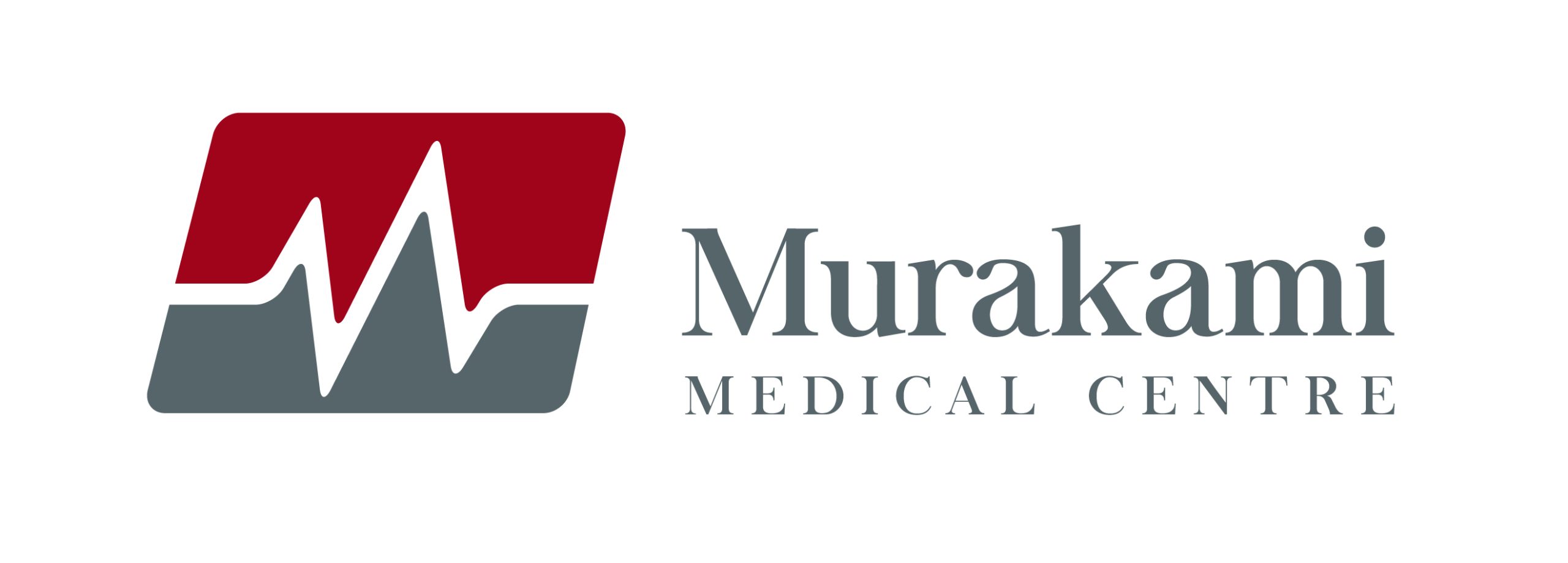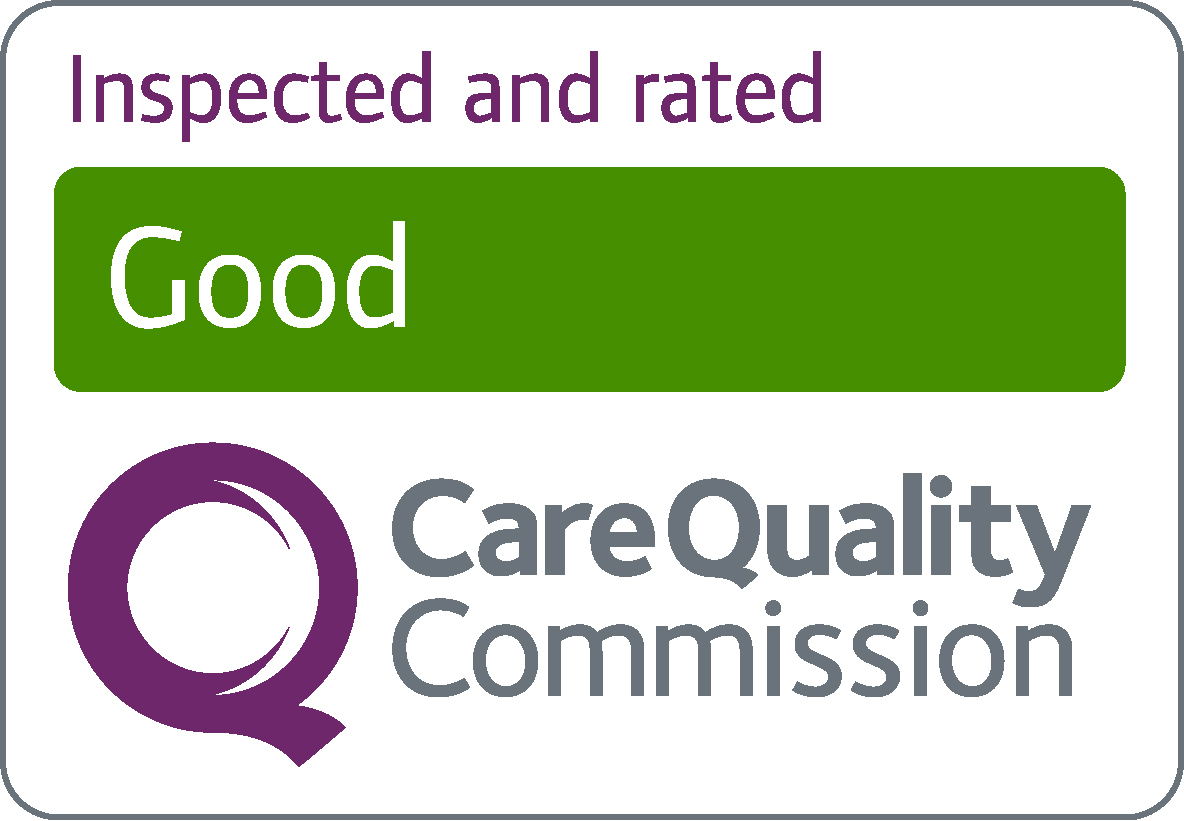7 Craven Park Road, Harlesden, London, NW10 8SE
Telephone: 020 8961 1117 / 07484 531 912
We are open. How can we be of assistance?
What is Heart Rhythm Conditions
The heart is a complex organ composed of muscle forming cavities that are separated by valves and have their own blood supply and electrical system.
Usually, the system works to perfection, but when issues arise in the electrical system, developing a heart rhythm condition is a reality. These situations are not always harmless. For example, ventricular ectopic beats can occur in over 60% of the general population.
This frequent heart rhythm disturbance is frequently asymptomatic (the patient is unaware), and usually has no implications. On the other hand, atrial fibrillation, an arrhythmic condition of the upper chambers of the heart can be found in up to 4% of the United Kingdom’s population. About 40% of patients are not aware they have this form of arrhythmia, this is a particularly dangerous form of heart rhythm as it is associated with 1 out of every 5 strokes, and doubles the risk of dying.
The diagnosis of cardiac arrhythmias is sometimes difficult as they frequently “come and go” and may no longer be present when patients get to their doctor. Hence, prolonged monitoring with Holters, loop recorders, or other gadgets may be required.
Patients with arrhythmias can also experience palpitations and sensation of “fluttering”, and sometimes transient loss of consciousness (frequently designated as syncope). Cardiac arrhythmias also lead to sudden cardiac arrest (an electrical disturbance which prevents the heart from beating properly), which is a leading cause of death in the UK (100.000 deaths annually).
Diagnostic
The diagnosis of cardiac arrhythmias is sometimes difficult as they frequently “come and go” and may no longer be present when patients get to their doctor. Hence, prolonged monitoring with Holters, loop recorders, or other gadgets may be required.
These conditions can be managed through a healthier lifestyle, tablets (beta-blockers and other arrhythmia drugs; anticoagulants/blood thinners), and procedures (cardiac pacemakers, implantable cardioverter defibrillators, and catheter ablation), which in most cases are effective at improving the patient’s quality of life and survival.


